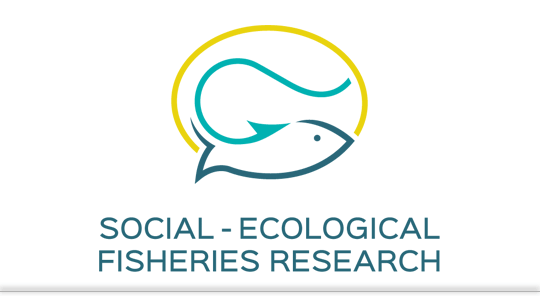Boilies are specialised baits used in carp, Cyprinus carpio L., recreational fishing. They are made from different meals (e.g. fish meal, soya bean meal), eggs, flavours, feeding stimulants and are boiled in water for hardening (Niesar, Arlinghaus, Rennert & Mehner2004; Arlinghaus & Niesar 2005). As a result of the popularity of specialised carp fishing throughout Europe, boilies are introduced into water bodies in large amounts, potentially contributing to eutrophication (Arlinghaus & Mehner 2003; Niesar et al. 2004).In addition to nutrients such as phosphorus, some boilie types, particularly those produced commercially, contain preservative chemicals (PC) to prevent deterioration and fungal infestation. The two main preservative chemicals (PCs) used in many ready-made boilies are benzoic acid (BA) and potassium sorbate (PS), or acombination there of (Anonymous, personal communication 2005). Several studies describe the toxicity of BA to aquatic organisms ranging from bacteria to fish (e.g. Zhao, Ji, Cronin & Dearden 1998; Saha, Bhunia & Kaviraj 2006). Potassium sorbate is the salt of sorbicacid, which is also toxic to multiple aquatic organisms including fish, but lethal concentrations of sorbic acid for fishes are up to 6.5 times higher than those of BA (Koch 1994; Roth 1999). No studies describe the toxicological risk of BA and PS used as preservatives in angling baits. The objective of the present study was to assess the acute toxic effects of boilies containing BA and PS by measuring the lethal concentrations where 50% of embryos of the model organism zebrafish, Danio rerio(L.), died within 48 h (48-h, LC50).
Acute toxicity of preservatives in organic baits used in carp, Cyprinus carpio, recreational angling
Peer-reviewed

Rapp, T., Meinelt, T., Krüger, A., Arlinghaus, R. (2008). Acute toxicity of preservatives in organic baits used in carp, Cyprinus carpio, recreational angling. Fisheries Management and Ecology, 15, 163–166
Published
: 2008
Appeared in
: Fisheries Management and Ecology, 15, 163–166
